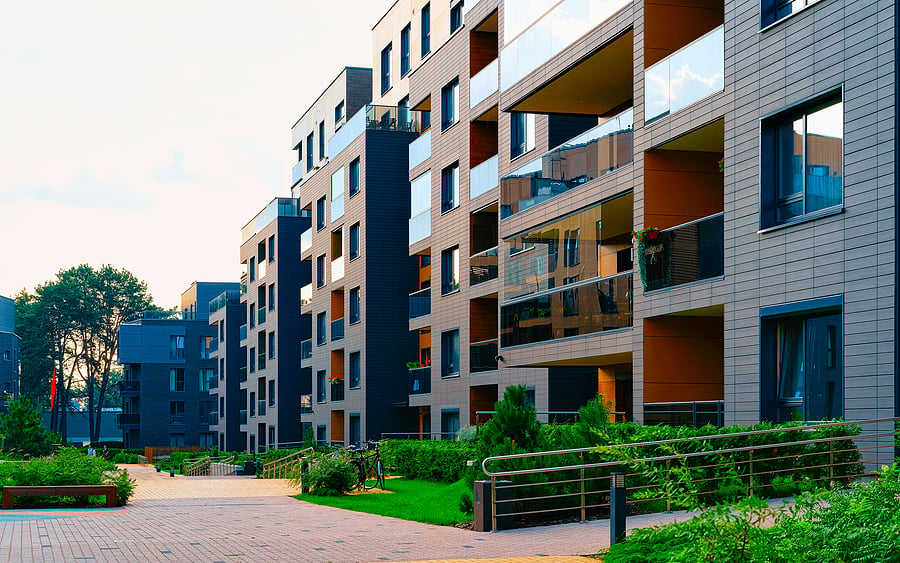Although many real estate professionals with an opinion about investing in apartment rental buildings believe complexes with more than 150 units are the best way to go, it's not necessarily true. Multifamily complexes are indeed a great investment. However, what you really want to invest in is where you earn the most rent per unit. Often that is in complexes with about 100 units.

When you are making a purchase bid for a large complex, you are often bidding against financial intuitions with deep pockets. This creates two distinct disadvantages for you as an individual investor.
First, most individual commercial investors often need to join a large consortium of other investors to get in on a multi-million dollar deal. This dilutes your ownership and the weight of your opinion counts less within the large partnership.
Second, when your partnership is bidding with the last ten thousand dollars it has to invest, the large institution can easily outbid you by several thousand dollars more than you can raise. Going up against institutional investors can be futile.
There are many good reasons to invest in complexes with less than 100 units:
Often the less sophisticated seller has avoided raising rents because they've become chummy with the tenants or they are afraid the vacancy rate will go up. By studying the local rents and vacancy rates, you might find you can immediately increase cash flow through rent increases as leases are renewed or on month-to-month leases. Rent renewal increases have been on the rise for many years.
There are also good arguments for owning small apartment complexes in the 5 to 12 unit range. This can be a good choice if you personally manage them and perform most of the maintenance. However, this size complex seldom generates enough income to leave a profit when a property management company is hired.
In apartment investing, some investors start with small complexes and once the income is stable, they buy another. After a few years, they have 3 or 4 small complexes located all over town. This becomes a problem because now you have the equivalent number of units as a medium-size complex but are still managing them yourself. You also have the added burden of having properties at multiple locations meaning you have to drive all over town to take care of administrative, maintenance, and repair tasks.
Medium-sized apartment complexes have long been the classic value for commercial investing. Now is a very good time to make this investment move. The single-family home market will remain very tight in the foreseeable future. This will keep multi-unit rental occupancies high and as the economy improves. Rents are likely to soon be on the rise. Multi-unit income is also very predictable.
Do the math and you'll see that very small apartment buildings are more risky than medium but medium-size complexes have advantages over the large-complexes that have been discussed.
If you own a small six-unit complex, each unit represents 17% of the income stream. If you own a 70 unit complex, each unit represents 1.4% of the income stream. Still, a 70-unit complex is much easier to manage than a 150-unit complex.
Please share your thoughts and comments about investing in apartment buildings.
Also, our weekly Ask Brian column welcomes questions from readers of all experience levels with residential real estate. Please email your questions, inquiries, or article ideas to [email protected].